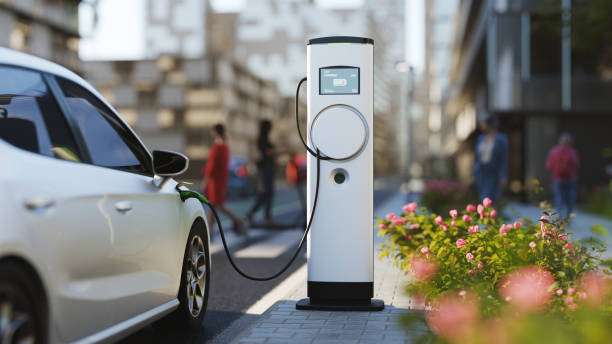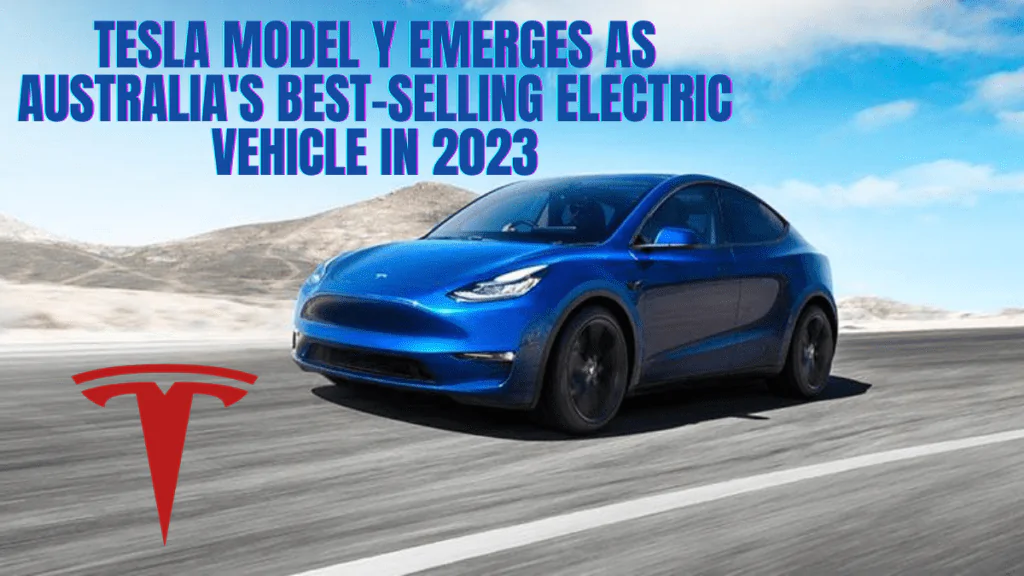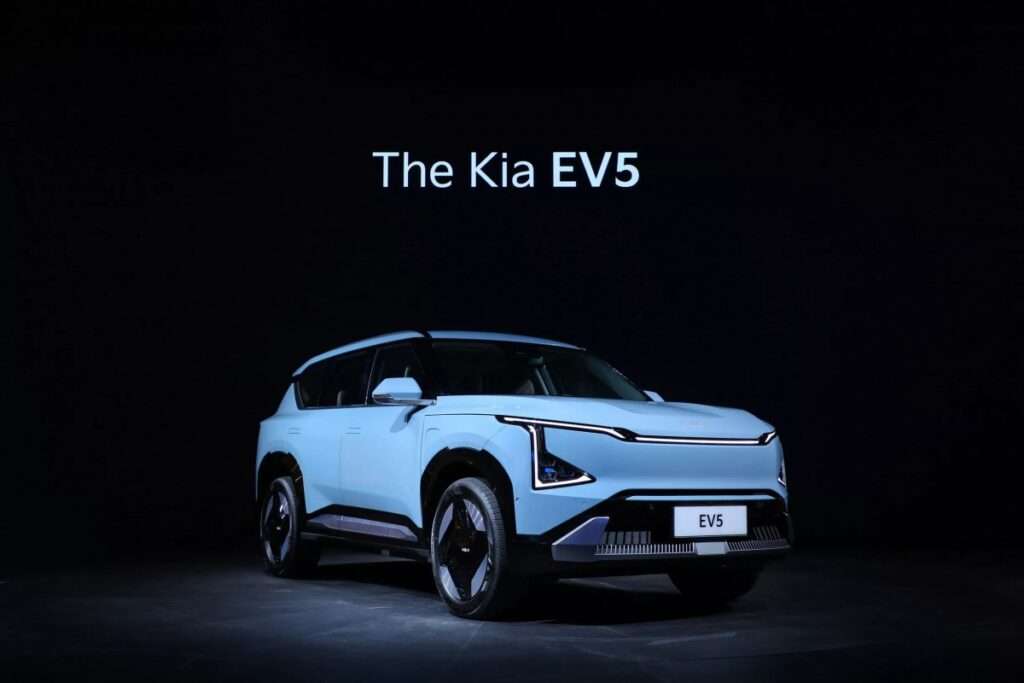Dive into the financial turbulence faced by EV charging firms in 2024. Uncover the hurdles impacting investments and explore the industry’s outlook.
The electric vehicle (EV) revolution is in full swing, but the critical infrastructure fueling this shift – charging stations – faces significant financial hurdles and investment roadblocks. As we enter 2024, EV charging firms worldwide are grappling with a complex landscape of mounting costs, uneven growth, and investment shortfalls.
Mounting Costs: A Heavy Burden for EV Charging Firms
Setting up EV chargers, especially fast-charging options, requires substantial upfront capital. Land acquisition, equipment, and grid upgrades contribute to hefty price tags across various regions. Operational expenses, including maintenance, electricity costs, and network management, add to the ongoing financial burden for firms operating in diverse markets.
Uneven Growth: A Tale of Two Worlds
Urban areas see higher EV adoption compared to rural regions, leading to uneven charger distribution and potential underutilization in some locations. This disparity is observed in many countries across the globe. The pace of EV adoption outpaces the rollout of charging infrastructure, creating bottlenecks and range anxiety for drivers in various parts of the world.

Investment Shortfalls: The Roadblock to Progress
While some governments offer subsidies and tax breaks, consistent long-term support remains uneven across regions, impacting investment decisions for global firms. Concerns about profitability and long-term return on investment (ROI) discourage some private investors from entering the market in different parts of the world.
Navigating the Challenges: A Race Against Time
EV charging firms are adopting various strategies to overcome these obstacles:
- Diversifying revenue streams: Beyond charging fees, firms are exploring subscription models, energy storage solutions, and partnerships with retailers or car manufacturers to generate additional income.
- Prioritizing strategic partnerships: Collaborations with public authorities, utilities, and real estate developers can share costs and expedite infrastructure rollout in various countries.
- Embracing technological advancements: Utilizing smart charging technologies, renewable energy integration, and data analytics can optimize operations and improve ROI for firms across the globe.
- Advocating for policy changes: Lobbying for consistent government support, including standardized regulations and long-term funding commitments, can create a stable investment environment for global firms.
The Road Ahead: A Brighter Future Beckons
Despite the challenges, the EV charging market holds immense potential. Growing EV adoption, technological advancements, and increasing government and private sector support are likely to propel the industry forward globally. As the market matures, firms need to demonstrate clear paths to profitability to attract sustained investment, regardless of their location. Leveraging data insights to optimize station location, pricing strategies, and network management will be crucial for success in various markets. Continued development of new technologies and fostering partnerships will be key to overcoming remaining hurdles and unlocking the full potential of EV charging infrastructure worldwide.
By addressing financial challenges, embracing innovation, and fostering collaboration, EV charging firms can pave the way for a greener future powered by clean transportation, regardless of their location. The race is on, and the firms that adapt and innovate the fastest will be the ones to shape the future of EV charging.

Additional Insights:
- The global EV charging market is expected to reach $300 billion by 2027, growing at a CAGR of 28.8%.
- China is the world’s largest EV market, followed by the United States and Europe.
- The United States has the most extensive network of Level 2 chargers, while Europe has the most Level 3 fast chargers.
- Tesla is the world’s leading EV charging company, followed by ChargePoint, EVgo, and Electrify America.
What are the most profitable EV charging station locations?
High-traffic areas like highways, city centers, and shopping malls tend to be the most profitable locations.
How much does it cost to install an EV charging station?
Installation costs can vary greatly depending on the type of charger, location, and infrastructure upgrades needed. Basic Level 2 chargers can cost around $5,000, while fast-charging DC stations can range from $20,000 to $100,000 or more.
What are the government incentives for EV charging stations?
Government incentives vary by country and region, but may include tax breaks, grants, and rebates.
What are the future trends in EV charging technology?
Wireless charging, bidirectional charging (where EVs can send power back to the grid), and ultra-fast charging technologies are some of the promising advancements on the horizon.




